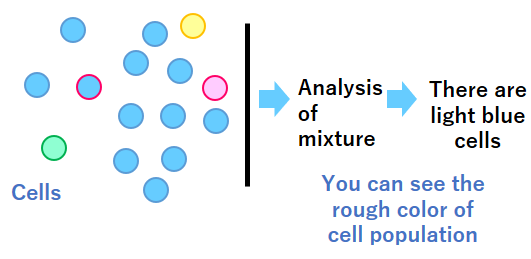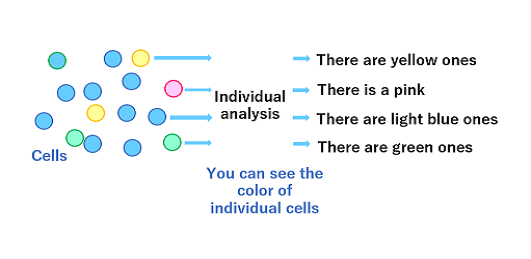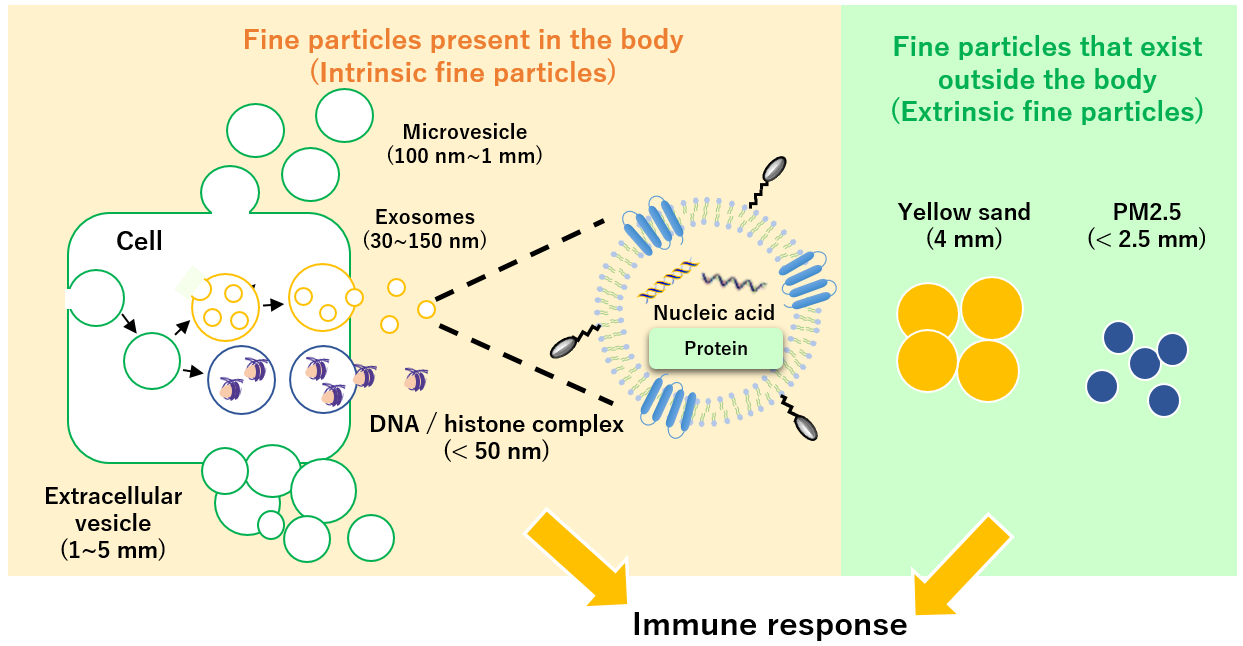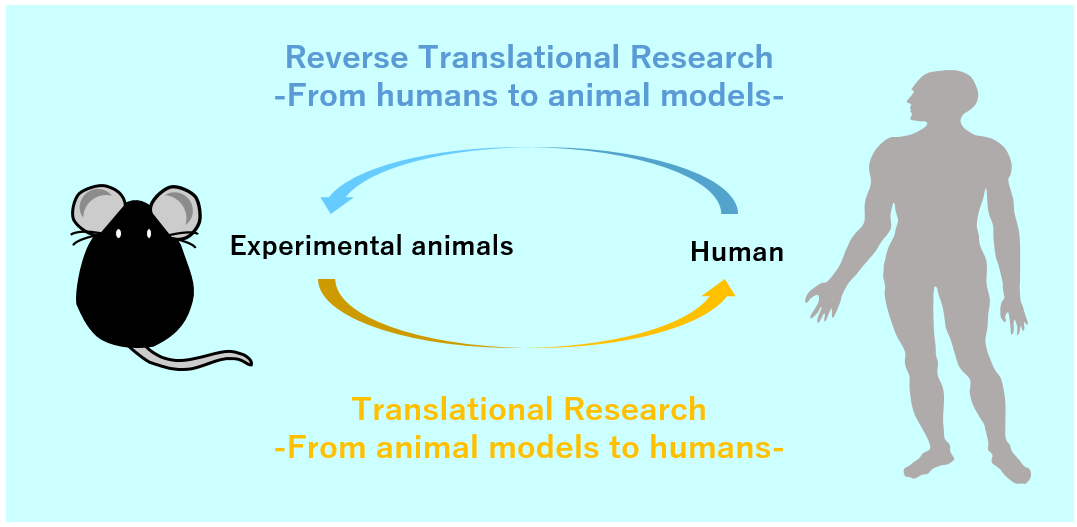The New Dimension Vaccine Design
What is Drug Delivery?
I am sure you have used a pizza delivery service. With just one phone call, they will deliver delicious pizzas, at the correct location, and in no time at all. In the same way, it is important to deliver what you need, when you need it, where you need it, and to identify who needs it most.
The same can be said for medications. By ensuring that a medication exists stably in the body at the time it is required, the desired effect can be enhanced by delivering it to the necessary organs. In addition, by delivering the drug only to the target cells, we can reduce the effects on other cells, avoid side effects, and reduce the required amount of medication.
The delivery of drugs to the desired location in the body at the desired time is called drug delivery.
When drug delivery technology is applied to the development of new vaccines, we can increase their efficacy.

What is Single-cell Immunology?
Each individual varies with regards to facial features, height, weight, and age. Our physical condition and mood vary through time and environmental contexts. This is true not only for humans, but also for cells. Even if cells appear identical at first glance, they have their own individuality. Single-cell immunology is the study of immune cells that considers the “differences in individual cells.”
In the past, analysis required a large number of samples and cells. In single-cell immunology, a single cell is extracted using a special method and analyzed using a relatively small sample size. We can therefore integrate the individuality of cells or a small number of cells that we could not have accounted for previously. The single-cell analysis technique allows us to study the effect of vaccines on immune cells in greater detail.
General Immunology

Where a large group of cells are used for analysis. Here, we could not determine the specific differences between each cell, but we could analyze many samples.
Single-cell immunology

Isolate a single cell and analyze the sample according to it. Thus, the condition of each cell can be considered in detail.
The Importance of Antigens

The immune cells in the human body are constantly alert for pathogens, such as bacteria and viruses (Figure). In reality, immune cells do not have eyes or ears, but have receptors and structures that function like hands. By using these receptors to distinguish “shapes,” they can distinguish between themselves and pathogens. This is called “self/non-self-recognition,” and it plays an important role in immune cells.
“Antigens” are the structures that fit perfectly into these receptors.
The role of a vaccine is to activate an immune response against “antigens that are present only in pathogens.” If the shape of the antigen is recognized as that of the pathogen, an immune response is triggered by the pathogen itself. If the shape of the antigen changes (mutation), then the vaccine may not be effective. Therefore, it is important to include the unique structure of the pathogen that does not change with antigenic mutation. Identifying suitable antigens is an important factor in the development of next-generation vaccines.
Our bodies contain a variety of immune cells, and immunology research has focused on these cells. In contrast, in the body, extracellular vesicles are composed of lipid membranes and microparticles that do not have membrane structures (endogenous microparticles), although they are smaller in size than cells.
These particles are believed to be released from the cell as unwanted substances. In recent years, however, it has become clear that these particles contain functional nucleic acids, proteins, and lipids, and their involvement in the onset and progression of various diseases, such as cancer and autoimmune diseases, as well as their potential as biomarkers for early diagnosis, have become apparent.
In addition, fine particles that exist outside our bodies (exogenous fine particles), such as PM2.5 and yellow sand, are thought to be the cause of allergies and lung diseases, with greater attention being paid to how they trigger inflammatory reactions. Microparticle immunology is a field of study that aims to clarify how microparticles affect the immune system and control the immune response caused by microparticles.
If we can develop a technology to measure and separate these particles individually, we could elucidate the mechanism of vaccine effects at the particle level and develop next-generation vaccines based on this knowledge.

What is Reverse Translational Research?
Translational research involves the application of results obtained from research using laboratory animals or cells for human treatment or diagnosis.
The field of research is based around the assumption that the same responses that occur in experimental animals are likely to occur (or be translated) in humans. Of course, humans differ from experimental animals in many ways, thus translation is not always possible. In these cases, research on experimental animals may be wasted. However, it is very difficult to conduct research directly in humans, and it requires more time, money, and effort than it would using experimental animals.
Briefly, “reverse translational research” is a method for conducting human research using laboratory animals. Contrary to what the name implies, it is the opposite of translational research, Ultimately, this approach makes it possible to study human phenomena in a laboratory setting.
It is possible to rapidly develop effective vaccines for humans by experimentally validating the effects of materials/substances in animal models, similar to the discoveries made in the research of patients who have been administered vaccines or infected with pathogens.

